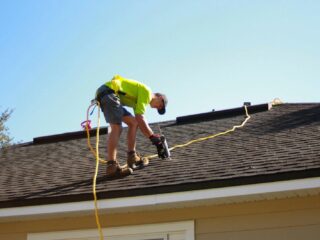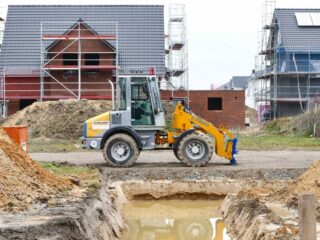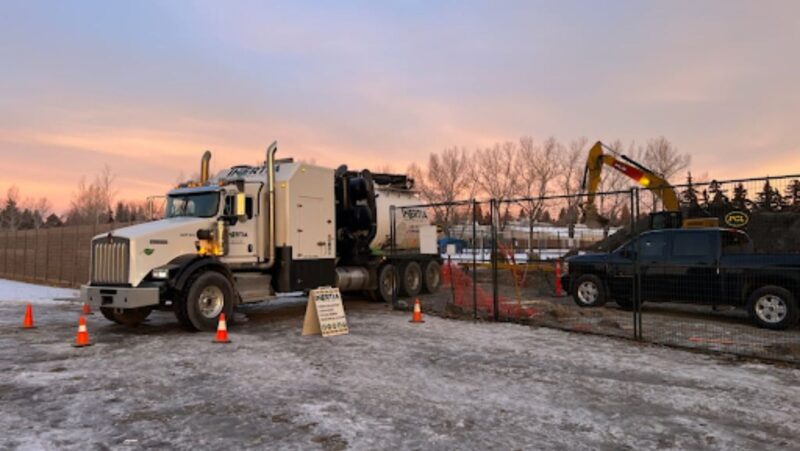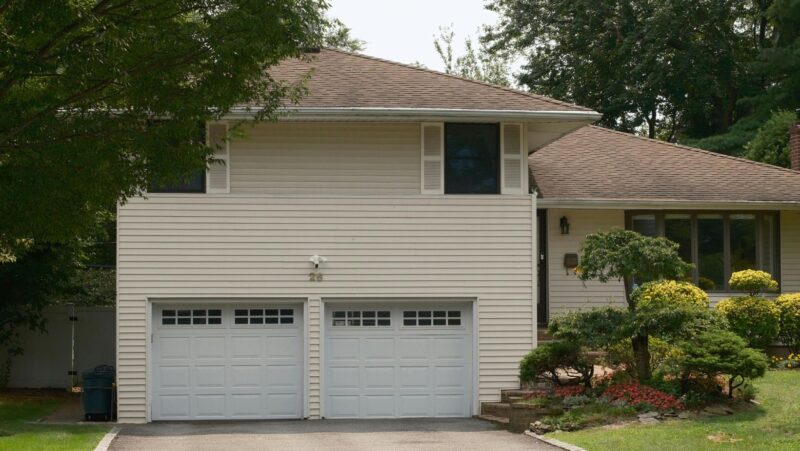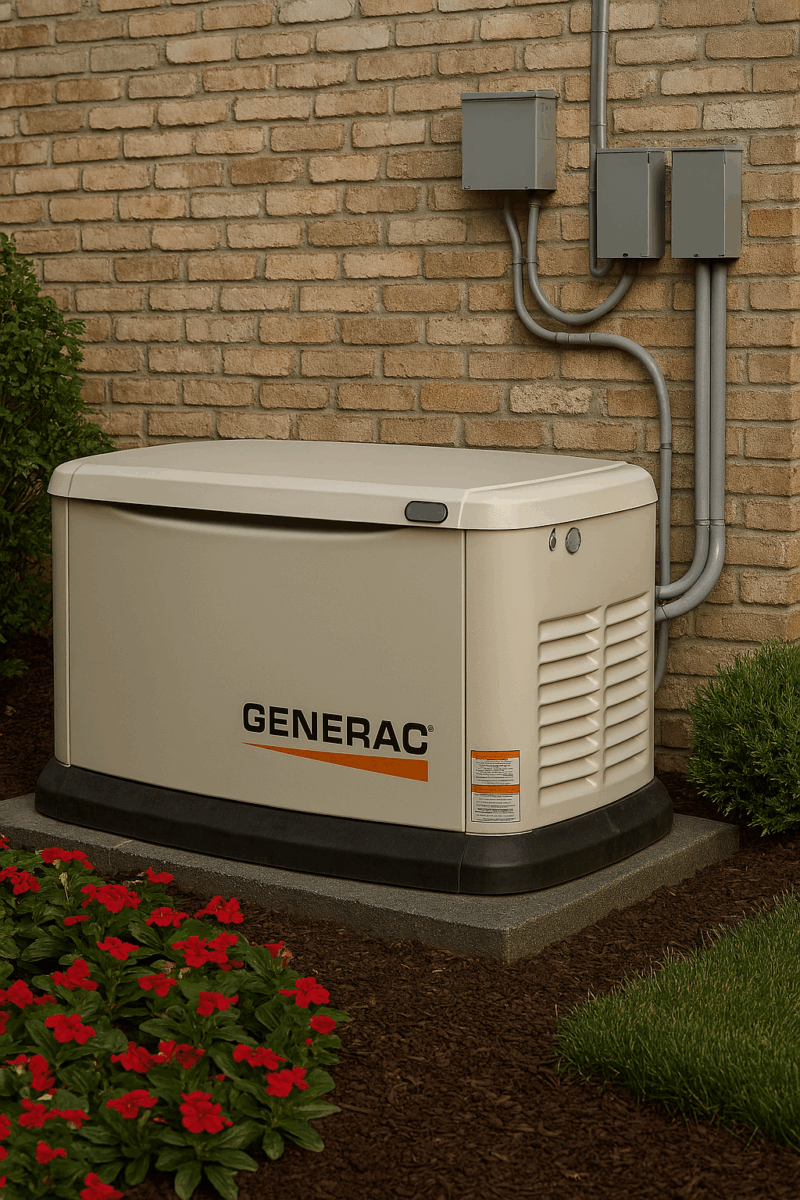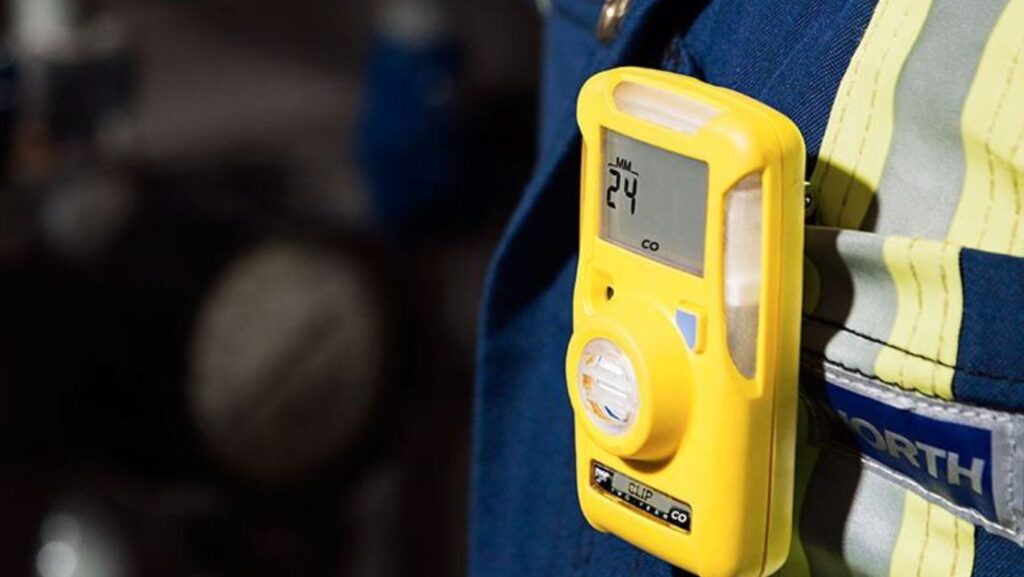
It took less than a minute for the atmosphere inside an underground irrigation vault to become dangerous. A landscaping contractor climbed down to fix a valve, felt dizzy, and scrambled back to the surface just in time. An investigation showed oxygen levels had dropped to 16.4 percent as decaying vegetation displaced breathable air.
Stories like this are tragically common. According to the National Institute for Occupational Safety and Health (NIOSH), the U.S. averaged 92 confined-space fatalities per year over five years, with atmospheric hazards being a leading cause.
Confined spaces like utility vaults, elevator pits, and stormwater tanks are present on almost every property. Their dangers are invisible, and human senses are useless against colorless, odorless gases. A properly calibrated multi-gas detector is the essential front-line defense for alerting crews to these unseen threats.
This guide explains how these detectors mitigate risks, how to select and maintain the right instrument, and how supervisors can remain compliant with safety standards.
Assessing Atmospheric Hazards Before Entry
Confined spaces share one trait: poor natural ventilation, which allows hazardous gases to accumulate. NIOSH reports that in a study of 276 incidents, 80 were caused by atmospheric conditions, resulting in 78 deaths.
The four most common atmospheric hazards that technicians encounter are:
- Oxygen deficiency is caused by rusting metal, microbial activity, or displacement by inert gases.
- Carbon monoxide (CO) produced by fuel-powered pumps, generators, or nearby traffic exhaust.
- Hydrogen sulfide (H₂S) is generated by sewage, decaying organic matter, and some geothermal sources.
- Combustible vapors are measured as a percentage of the lower explosive limit (LEL) for gases such as methane or propane.
Before anyone enters the space, regulations require a qualified person to test the atmosphere. Best practice involves purging the space, waiting, and then taking readings at the top, middle, and bottom. Only when all values are within acceptable limits can work begin.
| Warning/Important: Never trust your senses. Many hazardous gases are colorless and odorless. Always test the atmosphere with a calibrated detector before entry—no exceptions. |
Continuous vs. Pre-Entry Monitoring
Pre-entry testing is essential but not sufficient on its own. Atmospheric conditions inside a confined space can change without warning due to several factors.
- Stratification: Lighter gases rise while heavier gases sink. Ventilation or movement can quickly redistribute these layers, creating new hazards.
- Off-gassing: Residual chemicals in sludge or coatings may release additional vapors hours after the initial testing is complete.
- Work-generated emissions: Activities like welding or using combustion tools can consume oxygen and introduce new toxins into the air.
Real-time instruments equipped with alarms protect workers after they have entered the space. Remote alerting systems can notify personnel topside when readings spike, adding another safety layer. Data-logging detectors also create a defensible compliance record for audits and incident reviews.
Choosing the Right Multi-Gas Detector
Not all detectors are created equal. When selecting an instrument for your site, consider these critical factors to ensure you have the right tool for the job.
Sensor Portfolio
Ensure the device can detect the specific hazards on your property. Most standard units include sensors for toxic gases (CO, H₂S), oxygen, and combustible gases (LEL). Optional add-ons can cover specialized hazards like sulfur dioxide (SO₂) or volatile organic compounds (VOCs).
Durability & Ingress Protection
Look for a high IP rating, such as IP67, which resists dust and water. This is vital for work in storm drains or wash-down areas. A rugged enclosure that can survive drops is also essential for demanding work environments.
Power Management
Long-lasting lithium-ion batteries that offer 15 to 18 hours of runtime can cover double shifts. For added redundancy, models that support hot-swappable alkaline battery packs are a smart choice.
Advanced Features
Modern detectors offer features that streamline safety management. These can include Bluetooth connectivity for live readings, man-down alerts, and cloud dashboards for storing compliance records. Pump modules also enable safer remote sampling.
To find a balanced blend of ruggedness and features, you can explore various instrument options. Looking into the different types of PK Safety’s advanced multi-gas detector systems can give you an idea of available pre-configured solutions. Always compare at least three models to match your site’s specific hazards and budget.
| Pro Tip: Prioritize detectors with optional pump modules. They allow you to safely sample the atmosphere from a distance, keeping your team clear of the entry point until it’s confirmed safe. |
Maintenance & Calibration Ideal Practices
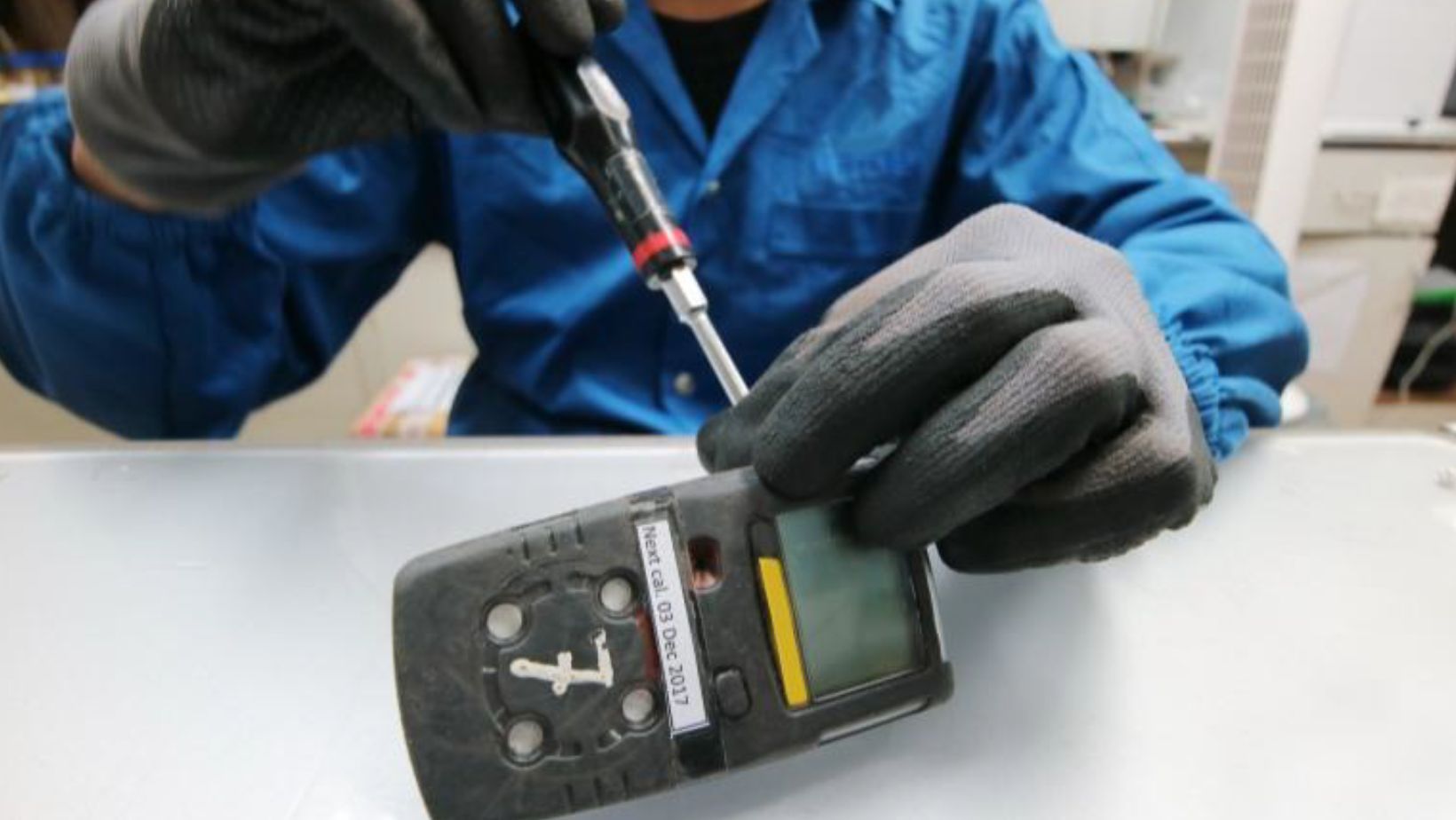
Even the most sophisticated detector is only as reliable as its last calibration. It is crucial to distinguish between a daily bump test and a full calibration.
- A bump test involves briefly exposing the instrument to a known gas mixture to verify that sensors respond and alarms function correctly. This quick check should be performed before each shift.
- A full calibration adjusts the sensor readings to match a certified gas concentration. The frequency varies by manufacturer, but it is required after sensor poisoning or a failed bump test.
Automated docking stations make both tasks painless by controlling gas flows, providing clear pass/fail indicators, and storing records. This ensures that during an audit, compliance certificates can be produced instantly.
| Key Insight: A bump test confirms functionality, while calibration ensures accuracy. An uncalibrated detector provides a false sense of security, which is often more dangerous than having no detector at all. |
Confined-Space Compliance and Beyond
Regulatory bodies continually refine safety standards. Key developments include revisions emphasizing continuous monitoring and digital record retention. Furthermore, regional emphasis programs are increasing spot inspections on properties like college campuses and public utilities.
As regulations evolve, so do documentation requirements. Inspectors will be looking for:
- Signed entry permits with time-stamped gas readings.
- Calibration certificates are linked to specific device serial numbers.
- Corrective-action logs detailing responses when detectors fail tests.
Preparing Personnel for Real-World Hazards
Technology is only half of the safety equation; human proficiency is the other. Realistic drills using simulators allow teams to practice hazard recognition and evacuation procedures without exposure to actual toxins. A study showed a significant improvement in evacuation times when workers were trained with dynamic simulations over classroom instruction alone.
Fostering a “test, verify, document” culture is paramount. This includes conducting pre-task meetings to reinforce detector use, having supervisors model proper routines, and holding annual refresher courses to ensure all team members stay current.
Actionable Checklist
- Identify and classify every confined space on the property.
- Select a multi-gas detector covering O₂, CO, H₂S, and LEL at a minimum.
- Perform pre-entry atmospheric tests at top, middle, and bottom elevations.
- Maintain continuous monitoring during occupancy; use remote alarms when possible.
- Bump-test detectors daily and calibrate per the manufacturer’s schedule.
- Log all readings automatically or in bound logbooks and retain them for at least one year.
- Keep Safety Data Sheets (SDS) and emergency contact numbers on site.
- Train staff annually with hands-on confined-space simulations.
- Review permits, calibration certificates, and standard operating procedures quarterly.
- Audit and upgrade equipment as regulations evolve or site hazards change.
Proactive Gas Detection Saves Lives
Invisible atmospheric hazards remain one of the most underestimated threats to property sites. A calibrated, well-maintained multi-gas detector transforms guesswork into data, helping you comply with regulations while keeping crews safe and confident.
The technology delivers measurable safety and compliance benefits, from real-time alarms that cut evacuation times to automated logs that satisfy auditors. A proactive approach is the best defense against these hidden dangers.
Conduct a confined-space risk assessment this quarter and inventory your existing instruments. Compare them against modern options with enhanced data-logging and remote-alert capabilities. In confined spaces, the best accident is the one that never happens.





